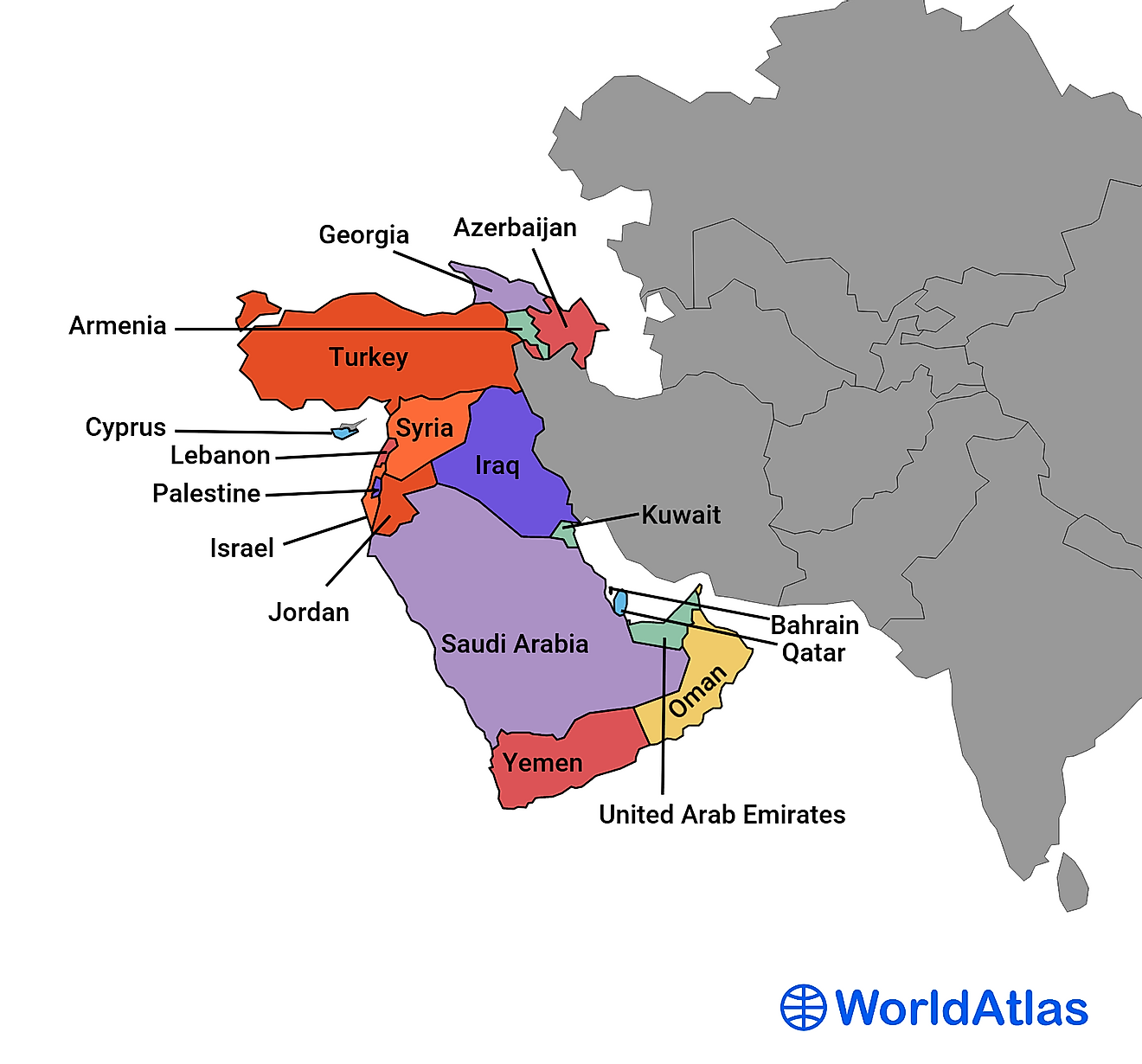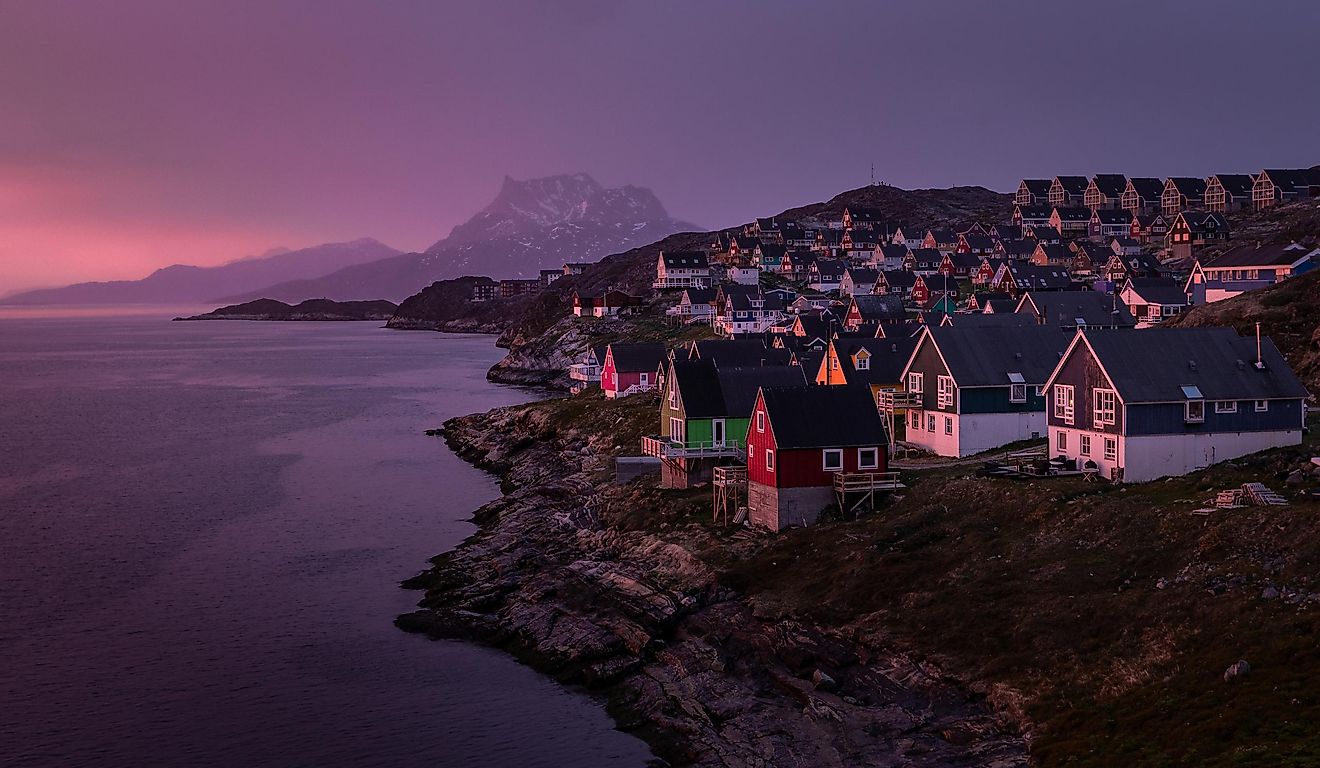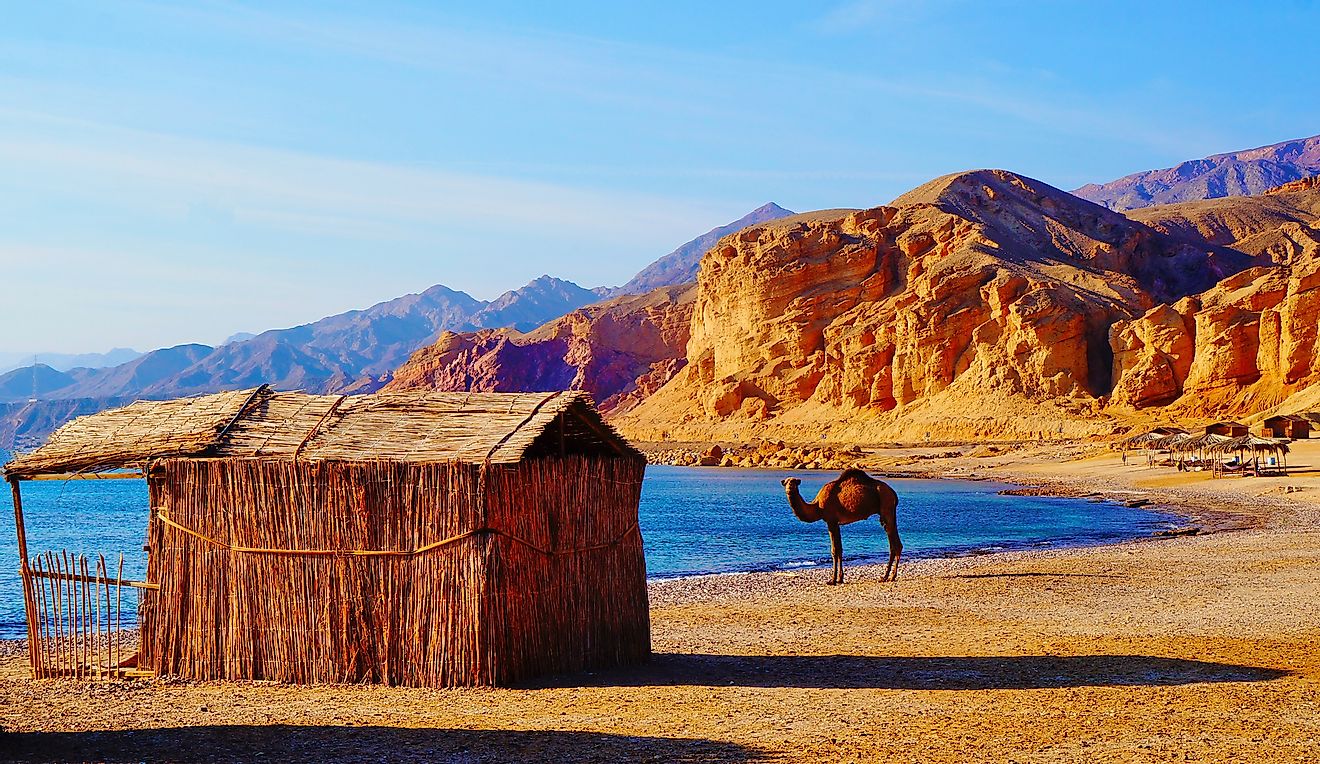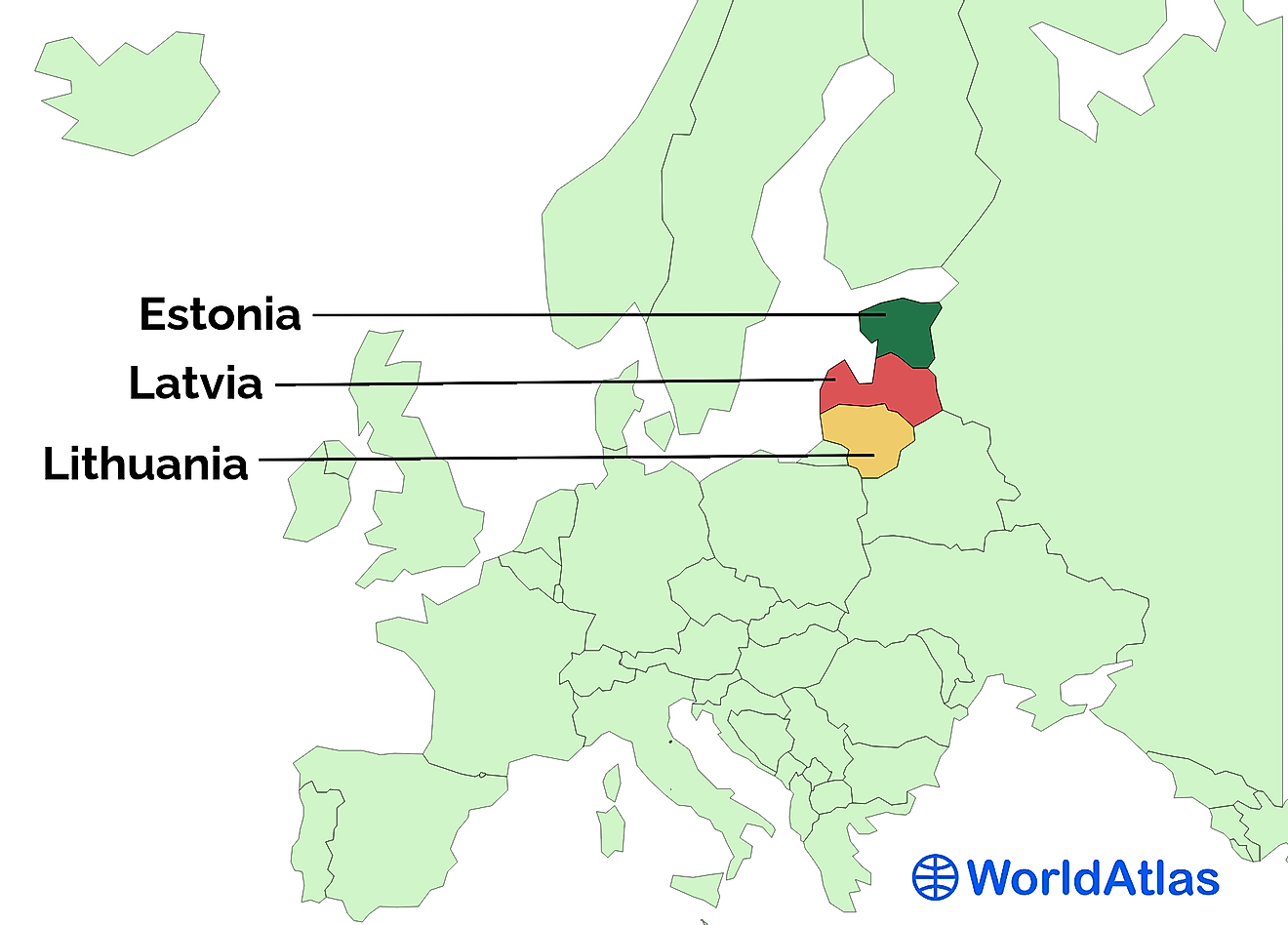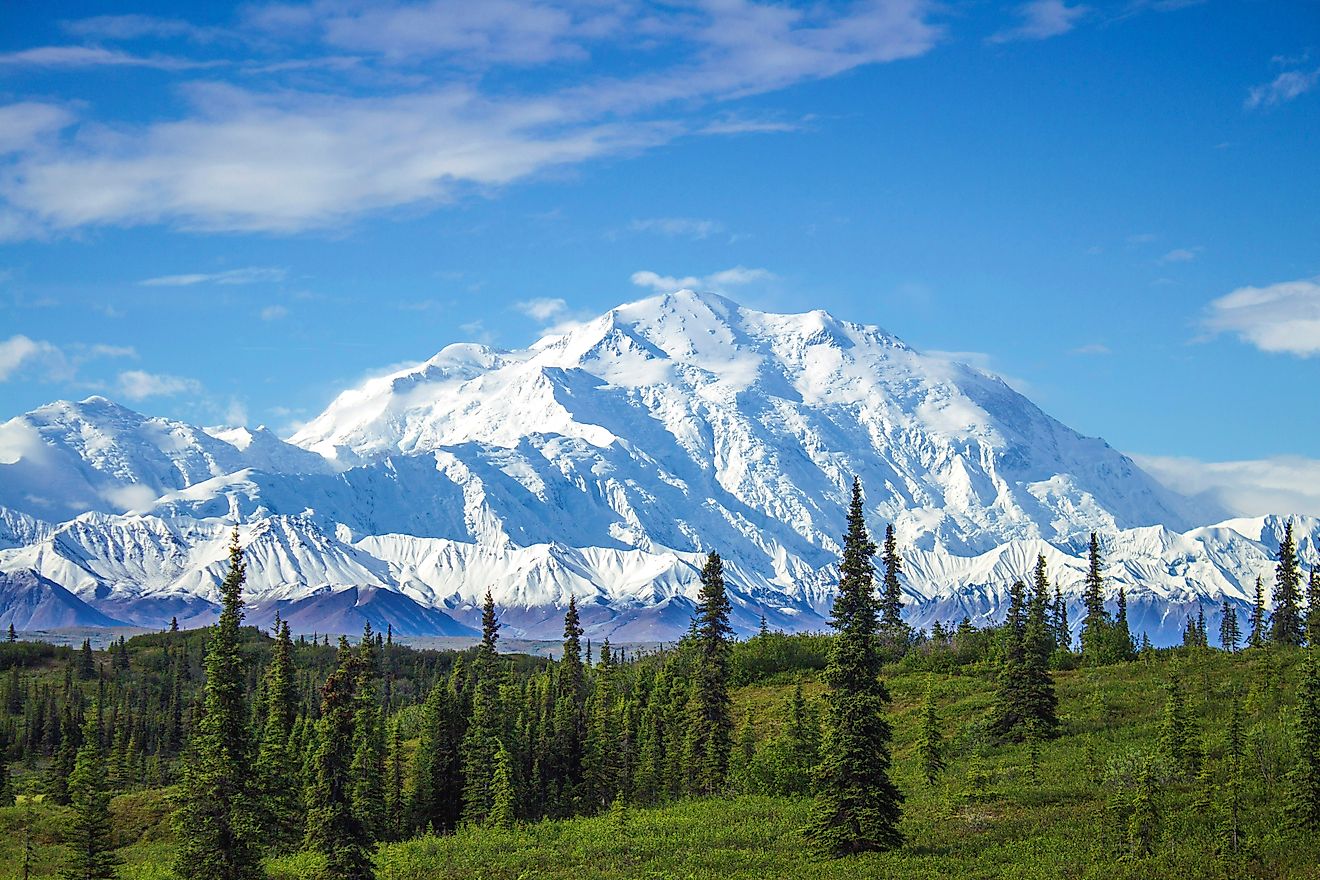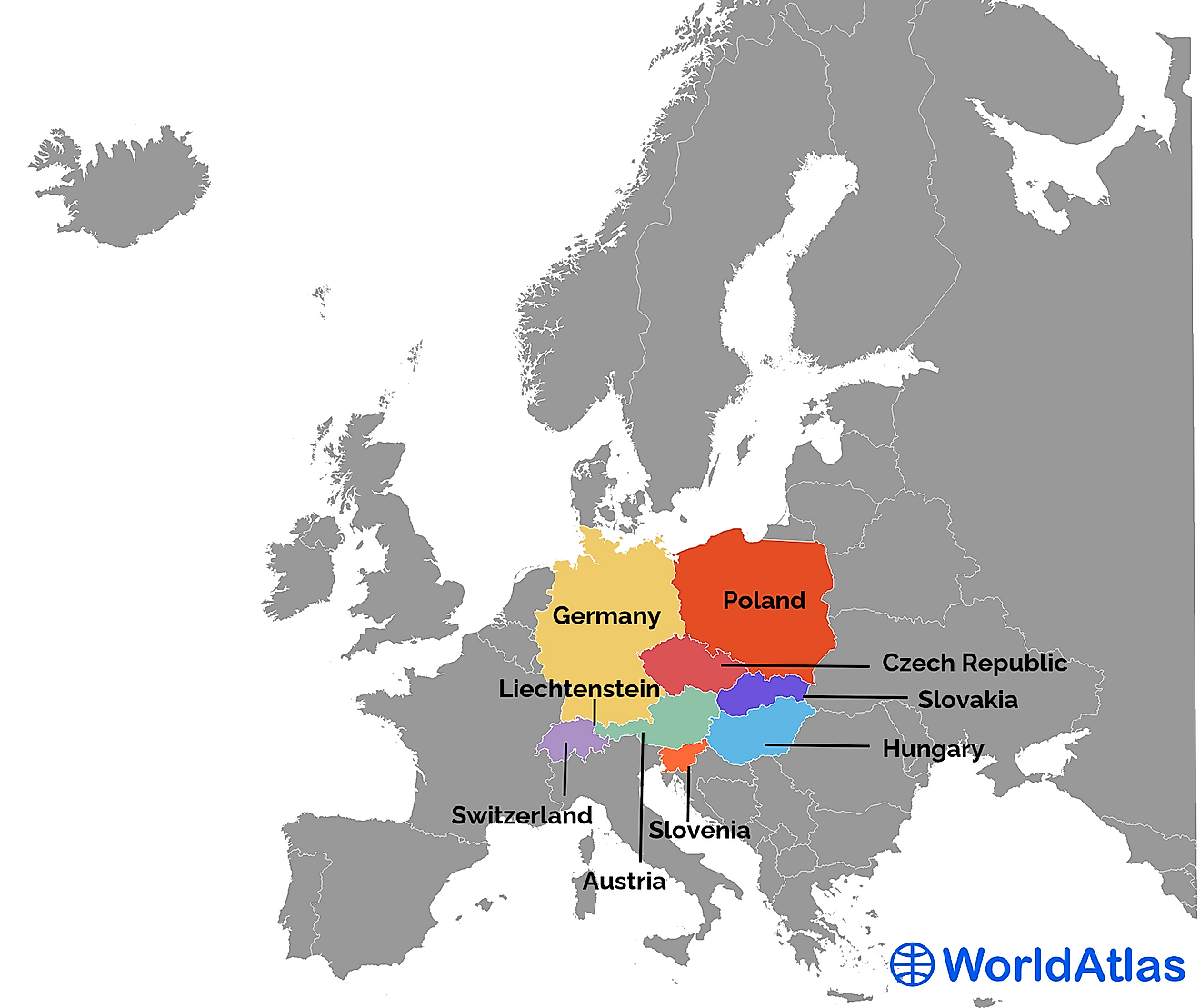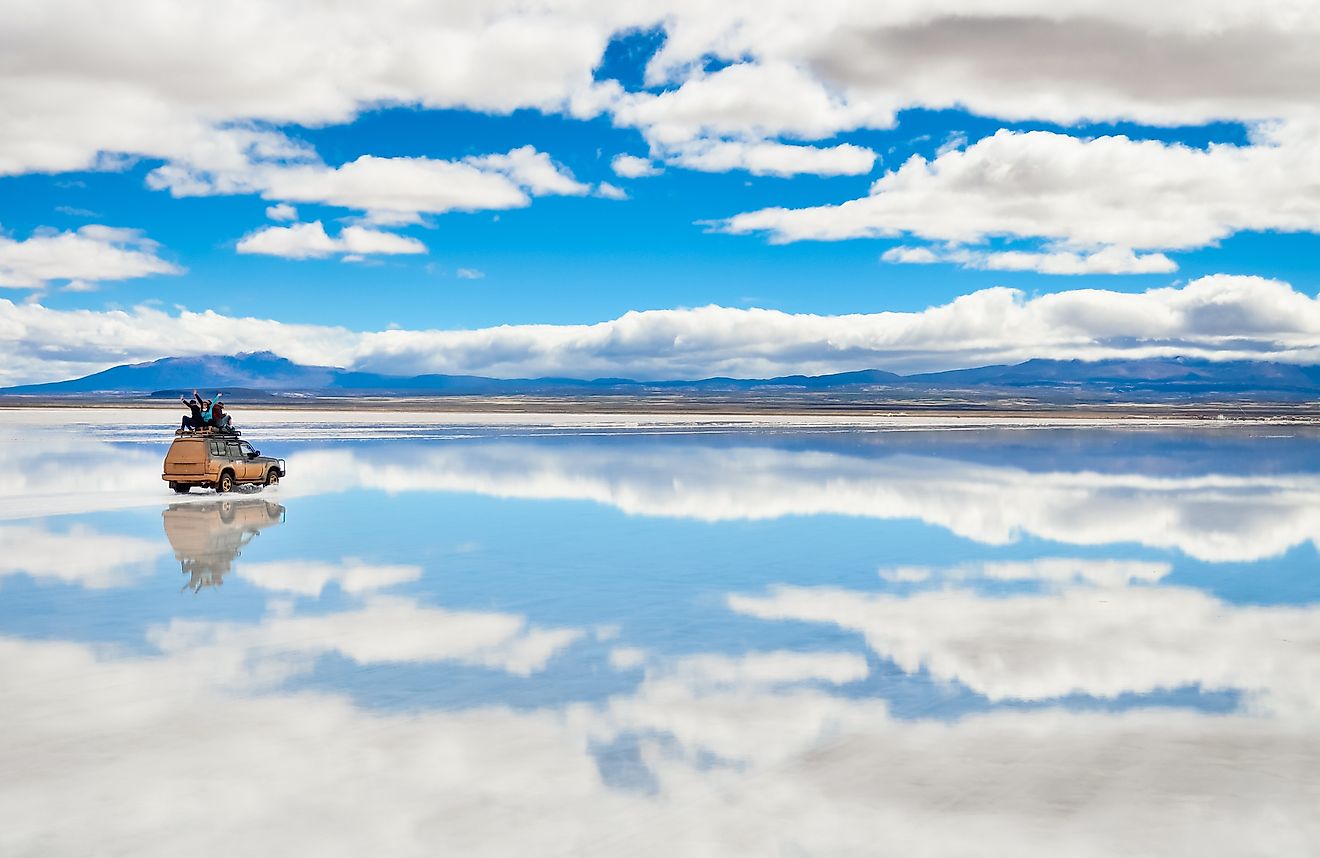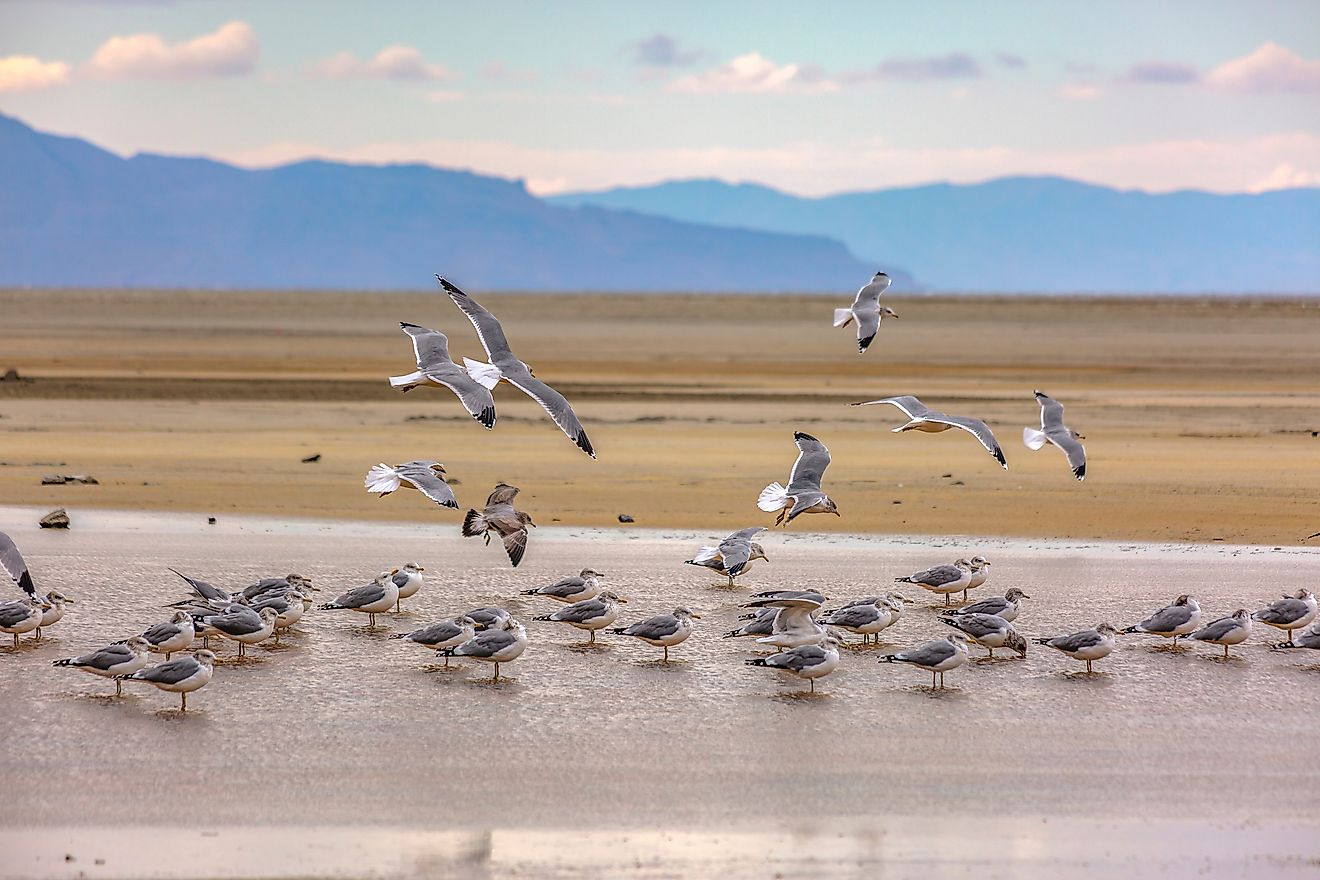What Is A Lagoon?

- Venice is one of the most famous lagoons in the world, but many don't known it is a lagoon at all
- There three types pf natural lagoons: coastal, atoll and river-mouth (often also coastal).
- The water in a lagoon is almost always brackish, meaning partly salt water and partly fresh water - this is especially true of coastal lagoons
The word lagoon comes from the italian term ‘laguna” which means lake or pond. They are usually shallow bodies of water which are protected from their joining larger bodies of water, similar to a bay or inlet. Lagoons can be tricky to pinpoint or decipher from a non geographical point of view, because the word lagoon is often used in cases where the body of water in reference is not actually a true lagoon. The water of a lagoon is protected from the ocean, or larger body of water, by a barrier such as a sandbar, small islands, or a reef. Because of this, they are usually found in coastal areas.
Classification Of Lagoons
Lagoons can be classified into one of two major types; coastal lagoons, and Atoll lagoons.
Coastal Lagoons

As mentioned, lagoons are usually found in coastal regions where reefs, sandbanks or similar outcroppings block the lagoon from open water. This happens frequently along coastlines and shores. Coastal lagoons are the most common type of lagoon and are found in areas where there are tidal ranges, and where coastal plains create flat or gradually sloping areas. Coastal lagoons are considered to be ‘juvenile’ geographically, and often have short lifespans, as their shallow nature makes them susceptible to either breach, flooding, or opposingly, to being cut off from their water source and dried out. The depth of water in coastal lagoons changes with the tide, meaning the characteristics also change. At low tides,coastal lagoons are shallow, or even swampy, whereas high tides bring an increase in depth and with it, often an influx in sea life.it is this change in tide that causes the formation of coastal lagoons in the first place. Erosion of soft shorelines wears away in coastal areas, until eventually, water begins to pool there and become trapped. If the water is so trapped that it does not drain out with the receding tide, a lagoon is born.
Lagoons tend to have what is known as brackish water. This means it is neither fresh, nor fully salt water. Coastal lagoons tend to be fairly salty, as the constant influx of the tide brings with it sea water and renewed salt levels. The brackish levels will fluctuate with the seasons. Increased rain water or river flow will bring an abundance of fresh water, while dry seasons will mean the lagoons are primarily ocean water.
The majority of coastal lagoons are found in the United States of America, and Canada, especially along the Gulf and the eastern coasts.
Atoll Lagoons

Atoll lagoons are like coastal lagoons in many ways, but are separated from the main body of water by coral reefs rather than by sand or land. This happens in areas where there used to be a large amount of volcanic activity. These volcanic mountains and protrusions have since eroded over time to form expansive coral reefs. It is these reefs which form a barrier between the main ocean and the protected water of the lagoon, and are called Atolls. The combination of coral growth and water creates a lagoon. It may take as long as 300,000 years for an atoll formation to occur. Because of the way in which they form, these lagoons are prominent in the South Pacific and Indian Oceans where the reef rises above sea level, and creates the necessary barrier to form a lagoon.
River-Mouth Lagoons
River mouth lagoons are, as the name suggests, lagoons that occur at the mouth of coastal rivers. These are usually in sandy, beachy low lying areas, where winding rivers find their way towards the sea. Like other lagoons, they have mixed brackish water as the river’s fresh water source mixes with salty sea water. These types of lagoons are especially common in parts of New Zealand and islands of the South Pacific.
Artificial Lagoons
Some lagoons are not natural, but rather man made. These fabricated bodies of water are becoming increasingly popular for developments, both as holiday destinations and as residences. Artificial, or ‘man-made’ lagoons are favourable as they offer controlled, calm waters and beach fronts anywhere the developer decides to construct them. These are mainly used to create ‘beach-front’ resorts or housing communities, where the beaches can be curated and sheltered from tides. This also offers the opportunity to use purely fresh water, rather than brackish or salt water, which is often preferable for residents or visitors. These artificial spaces are mainly for human use, and don’t have any natural wildlife, though some learn to inhabit these areas.
Examples Of Well-known Lagoons Around The World
Venetian Lagoon

The great city of Venice, Italy, is actually located along the edge of a lagoon. Venice is well known for its canals, but many don’t know that these canals are part of a larger lagoon body, which in turn is protected from the Medeteranian Sea. Because of this, the Venetian Lagoon is often considered the world’s most famous. The lagoon features a variety of sand bars and mudflats, creating some 118 islands, on which the city resides.
Nanuya Levu, Fiji

This picturesque lagoon is a true tropical oasis. Nestled in the gorgeous waters of Fiji, it is home to a luxury private resort. The calm salt water is ideal for swimming and sunbathing, and has a large population of sea creatures and palms. This lagoon was also the set location for the famous movie Blue Lagoon.
Bora Bora

The entire island of Bora Bora, located in the South Pacific, is sheltered from the open ocean by an expansive reef. This reef forms a large lagoon, separating it from the South Pacific Ocean, and creating a calmer bay-like area rich with marine life and beautiful land and seascapes.
Lighthouse Reef, Belize

This reef-ringed lagoon in Belize is a stunning example of an atoll lagoon. A near-perfect circle surrounds this deep blue body of water which has become popular with deep sea divers. It is visually mesmerizing, as the circular reef seems to hold an endless dark abyss within.
Chuuk Lagoon, Micronesia

Chuuk Lagoon, previously known as Tuk Atoll, is another example of an Atoll lagoon. It is located in the South Pacific, like most Atolls, to the North East of New Guinea. An atoll reef protects the natural harbour, and is also very popular with divers. Instead of wildlife, divers come here for the abundance of history. Countless shipwrecks, naval ships, aircrafts and a variety of world war II artifacts can be found in excellent condition in the waters of Chuuk Lagoon. This is due mainly to the fact that this area was home to Japan’s main naval base within the South Pacific, during world war II.
Lake Piso, Liberia
Lake Piso is a large coastal lagoon, and is the largest lake in Libera. Because it is a coastal type, its size and salinity change with the flow of the tide. The Atlantic ocean tides bring more salt water, causing the lagoon to become more brackish, while heavy rains can increase the fresh water levels making the lagoon less salty.
Lycian Lagoon

Lycian lagoon is located off of the island of Kekova in Turkey. It has been used as a harbour for thousands of years, with records indicating it was a common mooring port in ancient Roman and Greek days. Lagoons make excellent locations for harbours as they tend to have calm waters due to the fact that these bodies of water are protected from the rougher open sea.
